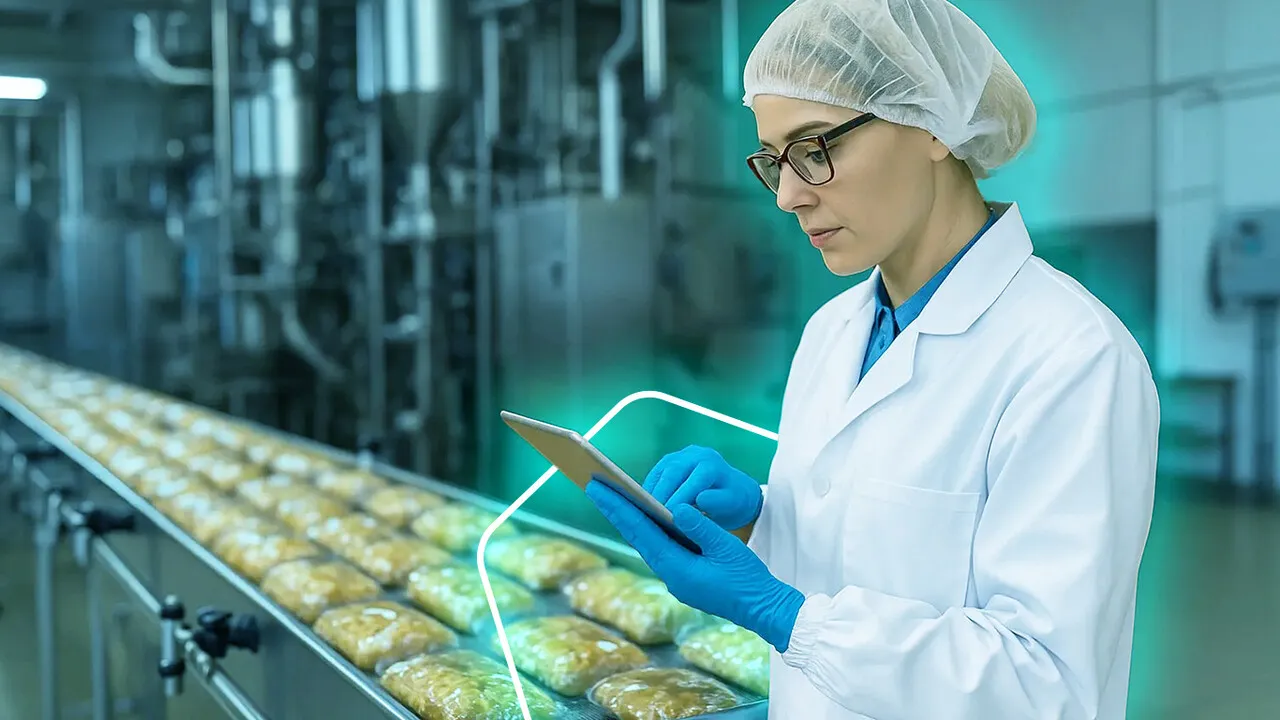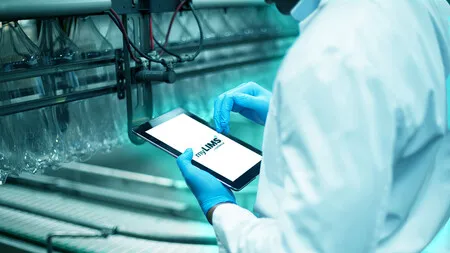July 25, 2025
Reduce Rework: How a LIMS Transforms Food and Beverage Manufacturing
Table of Content

Looking for alternatives to reduce rework in quality control?
Rework in quality control is a reality faced daily by many food and beverage industries. Each step redone, each analysis repeated, and each batch retained generates extra costs, wasted time, and often delays in deliveries.
Digitalizing quality processes can change everything. It’s a smart, effective way to take control—fast. In this article, we will explore how a Laboratory Information Management System (LIMS) can reduce rework, improve traceability, and increase productivity. If you work in the food industry and are looking for solutions to optimize your laboratory, read on.
What is rework in quality control and why does it happen?
Rework is any activity that needs to be redone due to errors, process failures, lack of accurate information, or non-conformities detected in previous steps.
In the routine of a Quality Control Laboratory, this can occur for several reasons, such as:
- Data Transcription Errors: When information goes through manual processes, such as paper recordings or repetitive insertions into spreadsheets, the chance of error is high.
- Lack of Traceability: Without a detailed history, it is difficult to quickly identify where a failure occurred, which leads to repeated analyses to ensure the results.
- Manual Task Distribution: Many industries still rely on people to physically pass on analysis tasks, creating bottlenecks in the workflow.
- Scattered Documentation: Reports and records stored in different formats and locations make it difficult to check data and increase the chances of inconsistencies.
- Poor Integration Between Sectors: Communication between laboratory and production is often done by email, telephone or even in person, creating risks of mismatched information.
What are the real impacts of rework on the food & beverage industry?
In addition to the direct increase in operating costs, rework has a negative impact on other areas:
- Delays in the release of batches
- Loss of team productivity
- Increased consumption of resources such as energy, inputs, and man-hours
- Increased risk of non-conformities during quality audits
- Reduction in profit margin
In a scenario of high competitiveness in the food sector, these factors can directly affect the company's image in the market. Reducing rework is one of the most recommended strategies to improve production efficiency in the food industry.
How can a LIMS help reduce rework?
Implementing a LIMS system is one of the most effective actions to eliminate the causes of rework.
Here's how LIMS software can transform your food testing lab:
- Automation of Critical Tasks
Automatic distribution of analyses, calculations of results and generation of reports without the need for manual intervention.
- Elimination of Manual Transcription
With Confience myLIMS, data is captured directly from equipment or recorded via mobile devices at the time of collection.
- Integration between Laboratory and Production
The communication of results becomes automatic and centralized, eliminating failures in the transfer of information.
- Complete Traceability
The entire life cycle of the sample is documented in a single system, from collection to the issuance of the final report.
- Generation of Reports and Indicators in Real Time
Facilitating the analysis of trends and the identification of root causes of problems.
Learn More: Enhancing Global Food Safety: Why the World Needs a LIMS
Next steps to reduce rework:
If your lab still uses spreadsheets, paper, or disconnected processes, it's time to rethink quality management.
The implementation of a digital system such as Confience myLIMS can be the first step to transform quality control into a strategic sector within your operation.
Do you want to know how to apply this in your process?
Best-in-class LIMS
Built for your success
See what makes Confience different. Speak with a member of our team.
Schedule a Demo







